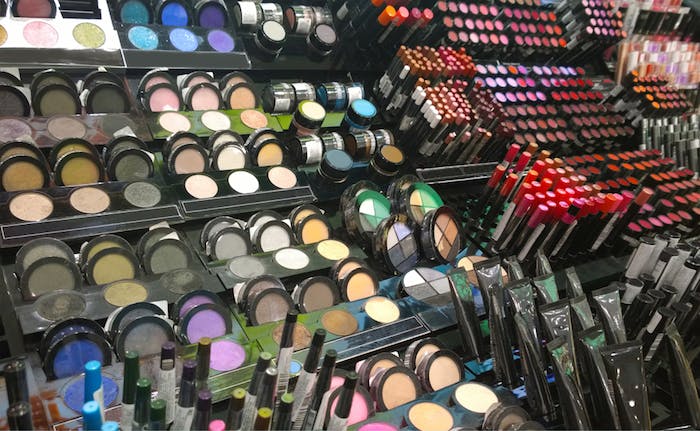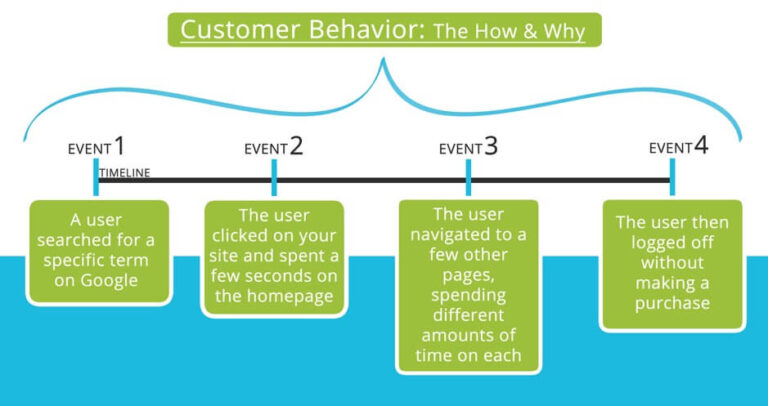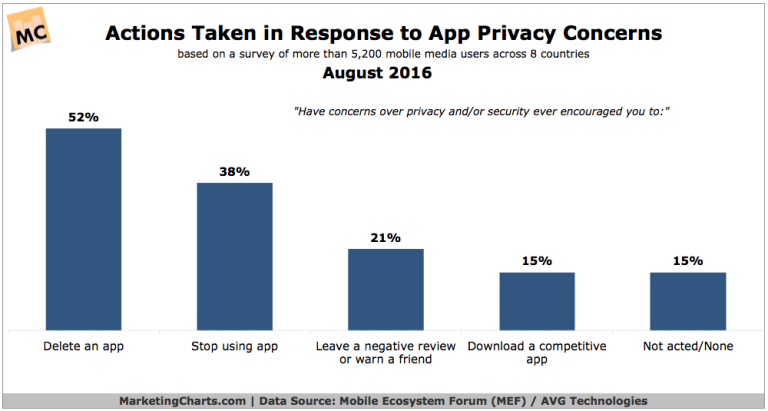With Amazon shoppers conditioned to focus more of their purchases during the event, these two days ended up accounting for a whopping 22% of all Sponsored Products sales in July 2019, making this a critical event for many vendors and sellers.
Many vendors and sellers in non-essential categories struggled over the last two months as Amazon was forced to prioritize essential products and supply chains were disrupted. Prime Day and the Q4 holiday shopping season offer a chance to make up some of that ground, but sellers will need to get going now on mapping out strategy for the different surges in demand to ensure inventory, fulfillment and campaign preparedness. And, equally as important, to secure significant enough ad budget to fully take advantage of the additional demand.
Nearly a Quarter of All Sponsored Products Sales in July 2019 Attributed to Prime Day Event
In fact, the two-day event has become an even bigger opportunity than traditional shopping holidays for Amazon advertisers in a number of different product categories. For consumer electronics advertisers, Sponsored Products sales were 239% higher during the 48 hours of Prime Day 2019 than on Black Friday and Cyber Monday combined. Guessing at the relationship between a September Prime Day and Q4 holiday shopping seems even murkier. The National Retail Federation says 40% of holiday shoppers begin searching for gifts ahead of Halloween, and it’s certainly possible that the proximity of Prime Day to Q4 will cannibalize some sales that would have otherwise occurred later in the year. Consumers will very likely flock to the ecommerce giant for its event in September for the promise of discounts, and it would not be surprising to see this event surpass last year’s in keeping with Amazon’s streak of breaking its own record each year (albeit partially due to extending the duration of the event from one day to two over the years). With consumers potentially looking for any excuse to splurge on a bit of retail therapy and the possibility that some shoppers see a September Prime Day as a good time to get going on holiday shopping, we could see a surge in demand unlike anything we’ve observed before. Take the unknowns of how the later event might play with holiday sales, add in the lack of clarity on how consumers might react to the first big sales holiday post-COVID lockdowns, as well as whether the ‘treat yourself’ mentality of past Prime Day events might evolve, and it’s clear that there’s not an obvious, one-size-fits-all approach to recommend. Looking at Sponsored Products spend and sales across hundreds of Amazon advertisers, both metrics soared on July 15 last year, with sales 355% higher than the June daily average on 235% higher ad spend. Both sales and spend remained significantly elevated through the second day of last year’s event. Obviously with such a huge increase in ad activity, Amazon has successfully conditioned shoppers to treat Prime Day as a shopping event to plan around. Indeed, looking at the share of 30-day Sponsored Products sales coming from different attribution windows, shoppers adjust their behavior in the days leading up to the event as well as during the 48 hours of hot deals.
Reports have begun to surface that Amazon plans to move forward with Prime Day in September, a two-month delay from the typical mid-July timing. While challenges from the surge in online shopping attributed to Coronavirus called into question whether or not Amazon would still have its sales event at all this year, the news that it’s likely to take place in September is welcome for many sellers and vendors.
Proximity to Winter Holidays Produces Unique Considerations for Prime Day in 2020
For Amazon advertisers, the event promises sales and order volume that not even Black Friday and Cyber Monday typically produce. Here we dive into some of the key trends from last year’s event based on more than 0 million in annual Amazon ad spend under Tinuiti management across advertisers selling a wide variety of products. Further, we look into how advertisers should be approaching this year’s event in light of Coronavirus and the new timeline.
Update: Reports now indicate that Prime Day might occur in October, though Amazon has not officially confirmed any date.
While so many considerations will create divergences in strategy depending on the particulars of each seller and vendor situation, all Amazon marketers should start strategizing immediately if they haven’t already. Prime Day is back.
For many advertisers, past Prime Day events have produced a banner sales event at a time of the year that would otherwise be nothing to write home about in terms of consumer demand. By moving from July to September, the event is now closer to overlapping with back to school shopping, and could also pull winter holiday shoppers in.
In the case of back to school shopping, it’s unclear how much the likely continued impacts from Coronavirus will impact college students returning to campus and younger grades returning to physical schools. It’s quite possible that demand for some products which would traditionally see a surge during back to school shopping might take a hit from modified behaviors this summer and fall, though there would likely also be corresponding winners in those situations. Advertisers in the back to school space will have to weigh their prospects closer to the event in light of how things evolve between now and then.
As such, while some advertisers might consider a more conservative advertising budget for Prime Day than last year in anticipation of big Q4 volume, it could be a risky proposition if holiday shoppers push up their purchases to coincide with this year’s September event. If Prime Day soaks up a lot of this demand, advertisers who keep their powder dry during the event could be in for less demand than they were hoping for later in the year.
Final Thoughts
Prime Day is a major opportunity for Amazon itself to gain new Prime subscribers, a group who carry an immense lifetime value which has likely only grown with the infusion of additional online purchases in response to restricted movement stemming from Coronavirus. As such, it’s not shocking that Amazon would still want to hold this year’s event, even if it has had to delay it until September. The question now is how will brands and consumers respond.
The story was similar for Sponsored Brands ads, with July 15 sales attributed to the format up 269% compared to the June daily average on a 225% increase in spend.
That said, we highly recommend that Amazon advertisers think long and hard before deploying a conservative approach to Prime Day this year. If the events of 2020 have proven anything, it’s that Amazon sellers and vendors can’t take anything for granted, and banking on December sales at the expense of making a big push for Prime Day is a risk. This is particularly true in light of the fact that sales last Prime Day far exceeded those of Black Friday and Cyber Monday for advertisers in many categories.
With this year’s event happening closer to the holiday shopping season and also overlapping with back to school shopping, there are some unique concerns many sellers and vendors should consider in approaching this year’s event.






